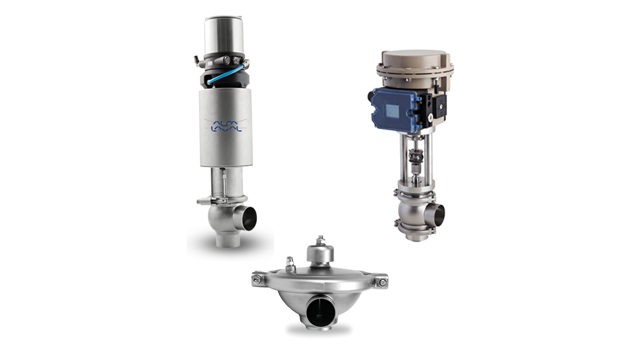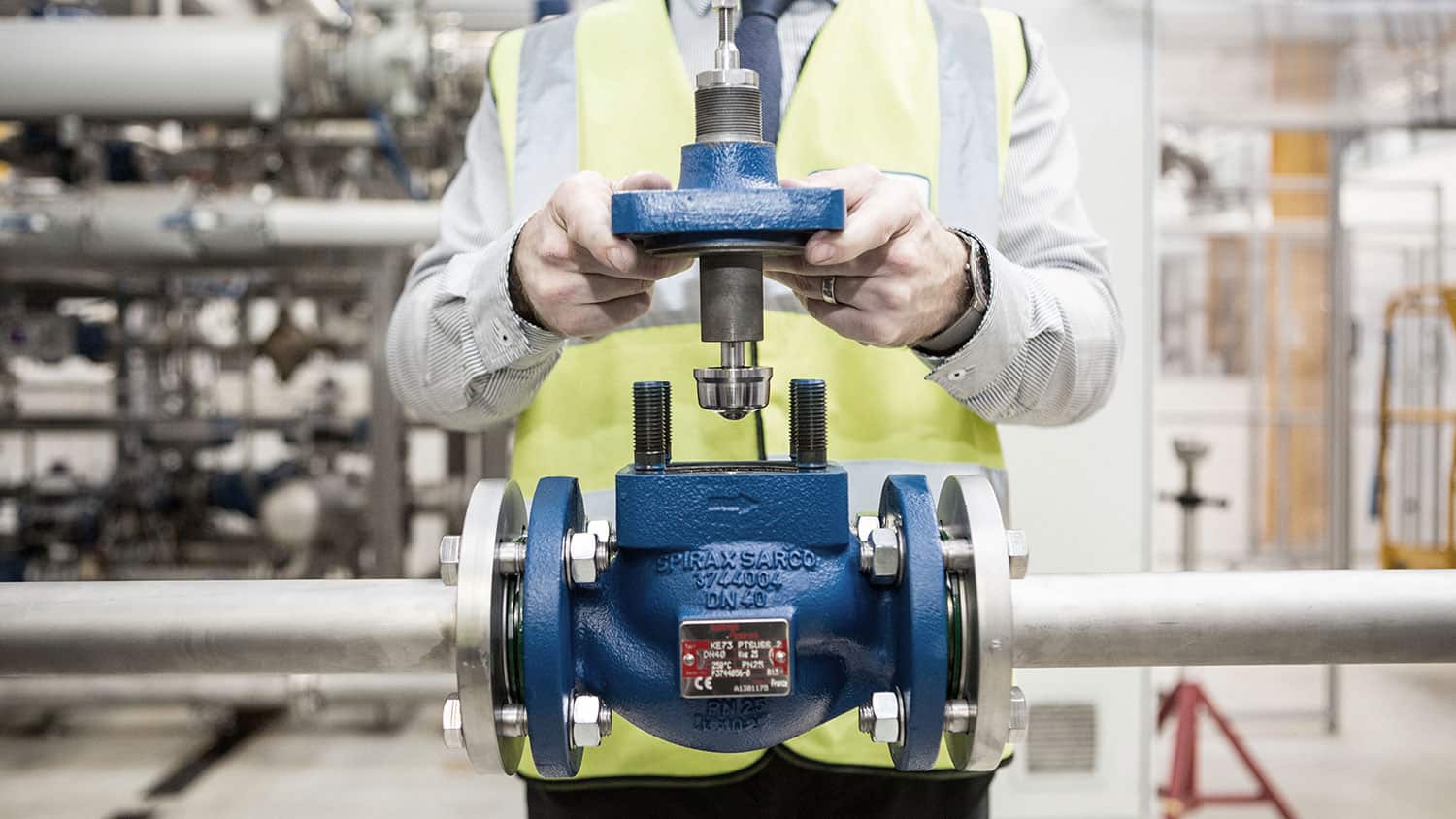Optimizing System Control with High-Performance Control Valves

Maximize Power Financial Savings and Convenience With Advanced Structure Automation Controls
In the realm of contemporary architecture and facility management, the assimilation of sophisticated structure automation manages stands as a crucial development. By using the power of automation, buildings can adapt, respond, and advance in ways that were once unbelievable.
Energy Effectiveness Benefits
Power efficiency benefits can dramatically lower power usage and functional expenses in buildings. Energy-efficient systems, such as innovative structure automation controls, can enhance the use of sources like lighting, air conditioning, and heating, leading to lower energy expenditures over time.
Additionally, improved energy efficiency can lengthen the life expectancy of building tools and systems. By running much more efficiently, heating and cooling systems, light, and various other structure elements experience less damage, resulting in decreased upkeep and replacement prices. In addition, energy-efficient structures commonly command higher building values and rental prices, supplying long-lasting monetary benefits to owners.
In addition, energy performance can enhance passenger comfort and efficiency. Properly controlled interior environments with ideal lights and thermal conditions develop an even more pleasurable and helpful office, bring about improved worker complete satisfaction and efficiency. Overall, the energy effectiveness advantages connected with innovative building automation controls are multifaceted, incorporating cost financial savings, ecological stewardship, and resident well-being.
Boosted Comfort Control
Enhancing convenience control in structure environments calls for a sophisticated combination of innovative automation systems for optimum occupant wellness. By using innovative building automation controls, facilities can tailor the interior atmosphere to fulfill the particular requirements and choices of residents. These systems make it possible for precise regulation of temperature, illumination, and ventilation, creating a comfortable and efficient environment. Owner complete satisfaction and efficiency are carefully linked to thermal comfort, making it vital to have systems in position that can adapt to changing problems in real-time.
Enhanced convenience control surpasses standard temperature changes. It consists of features such as personalized setups, occupancy sensing units, and all-natural light utilization to create a vibrant and responsive environment. By integrating these advanced controls, structures can not only boost comfort but additionally improve power effectiveness by optimizing system procedures based on real occupancy and use patterns. Eventually, prioritizing owner comfort through innovative automation systems brings about an extra pleasurable and healthier interior atmosphere.
Functional Performance Improvements

Moreover, the application of real-time surveillance and analytics tools makes it possible for building operators to recognize energy inadequacies and operational anomalies promptly. By constantly monitoring energy use patterns and system efficiency metrics, adjustments can be made in real-time to enhance power intake and guarantee peak operational performance. control valves. In addition, incorporating demand action approaches into building automation controls can additionally boost operational effectiveness by dynamically readjusting power usage based on grid conditions and prices signals
Indoor Environment Optimization
Efficient indoor environment optimization is a fundamental element of building automation controls, making sure owners' convenience and health while maximizing energy savings. By utilizing advanced sensors and controls, building automation systems can continuously keep track of and change temperature, humidity levels, air quality, and ventilation to create an optimal interior setting. Keeping comfortable and constant conditions not only enhances occupant complete satisfaction however likewise improves efficiency and total health.
Interior climate optimization also plays check this a critical function in power performance. By fine-tuning ventilation, cooling, and heating systems based upon real-time information and tenancy patterns, constructing automation controls can dramatically minimize energy consumption - control valves. For example, carrying out techniques such as demand-controlled ventilation and thermal zoning can aid reduce energy waste while making certain that each location of the building gets the needed conditioning.

Sustainable Atmosphere Creation
Building automation manages not just maximize interior environment problems for energy performance and resident comfort however likewise lay the foundation for creating a their explanation sustainable atmosphere through tactical administration of systems and sources. By incorporating sophisticated structure automation modern technologies, such as sensors, actuators, and intelligent software, facilities can keep an eye on and change power use in real-time to reduce waste and decrease their carbon footprint. These systems enable predictive maintenance, determining prospective concerns prior to they rise and optimizing devices efficiency to enhance longevity and effectiveness.
Furthermore, sustainable atmosphere creation expands beyond energy monitoring to include water conservation, waste decrease, and indoor air top quality enhancement. Building automation controls can control water usage, spot leaks, and make certain appropriate waste disposal techniques, adding to overall sustainability initiatives. Additionally, by managing and keeping track of air flow and filtering systems, these modern technologies improve owner health and wellness and productivity while reducing power consumption connected with HVAC operations.
Verdict
In conclusion, progressed structure automation controls offer considerable advantages in terms of energy cost savings, convenience control, operational efficiency, indoor environment optimization, and developing a sustainable atmosphere. By applying these controls, structures can achieve ideal efficiency while lowering power consumption and enhancing owner comfort. It is obvious that using sophisticated automation innovation is crucial in improving structure performance and creating a much more lasting future.
Energy efficiency advantages can considerably reduce energy usage and functional prices in structures. In general, the power efficiency advantages associated with sophisticated structure automation controls are complex, encompassing expense financial savings, environmental stewardship, and resident wellness.
In addition, incorporating demand action techniques into structure automation controls can better improve operational efficiency by dynamically readjusting power use based on grid conditions and pricing signals.
Structure automation controls recommended you read not only optimize indoor environment conditions for power effectiveness and owner comfort however additionally lay the foundation for producing a lasting setting with calculated administration of systems and sources.In final thought, progressed structure automation regulates deal significant benefits in terms of energy savings, convenience control, operational efficiency, interior environment optimization, and developing a sustainable setting.